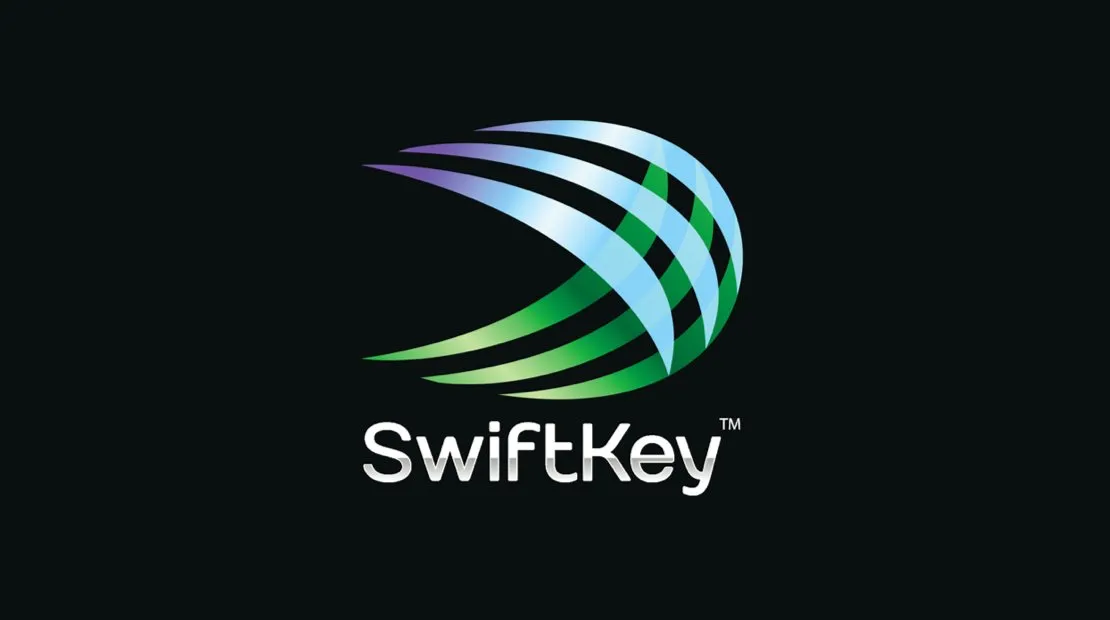
Bit Zesty is the digital innovation partner for startups and government organisations.
Blending AI innovation with 16 years of experience to design, build, and support digital products and services.
We deliver solutions that meet your users' needs and stay with you post-launch to ensure continuous improvement, so you can focus on your mission while we handle the technology.
Why Bit Zesty?
Why work with us?
We are a team of passionate designers and software engineers, who help you develop and maintain exceptional web and mobile applications.
16 years of supporting clients
We have a proven track record of success. Our average client retention is 2 years and our longest engagement is 13 years.
Best practices
We follow industry best practices, and we are always up to date with the latest technologies. When working with government services we built to the GOV.UK Service Standard.
Our Awards
We have won the top industry awards for our work (BIMA GOLD, iF Design Gold Awards, GOV.UK Top 75 Service), and we are proud of our achievements.
Proven team
We have a team of experienced professionals who are dedicated to providing the best possible service to our clients.
Launch faster
We hit the ground running, whether you are launching a POC, or need to scale your exisiting product, we can deliver value in days not months.
150+ Apps Built
We have built or maintained over 150 apps, from MVPs to complex enterprise systems.
Client Success Stories
Case studies
We've been helping organisations to achieve their goals since 2009. Here are some of our latest and greatest projects.
View all case studiesSXT
Working closely with doctors and other health professionals, we developed a new digital service for SXT. The platform lets patients discreetly notify their partners about a potential infection, and helps clinics to meet their KPIs.
Health and WellnessFounders Pledge
We came on board to rescue the project. Not only have we built a website that will scale with the organisation, but also developed digital services that moved key transactions online.
Government and CharitiesBusiness and Financial Services
King's Awards for Enterprise
Through in-depth research, we rebuilt the service. The improvements met stringent government standards and made it easier for thousands of organisations to apply for the awards.
Government and CharitiesBusiness and Financial Services
Microsoft Swiftkey
In three months, we built an API that links Swiftkey with individual social media and email accounts. Each user now experiences a completely personalised service.
Technology
GOV.UK Trade Tariff
In three months, we rebuilt the complex tool to help users find the information they need easily. We continue to support it, and it now delivers over 2,300,000 page views a month, meeting the government digital standards.
Government and Charities
Trussell
Following extensive research, we developed a system that analyses data, frees up time for volunteers and helps clients access food without delays.
Government and Charities
We deliver tangible results for our clients
improvement in KPIs for a contact tracing app, in 4 months
cheaper to support and maintain a critical government service
pledged to charities, via a donation platform
faster page speeds for a e-commerce SaaS platform
Our awards














What we offer
Services
From initial concept to ongoing maintenance, we provide end-to-end software development services.
What we offer
Technologies we support
We specialise in modern open source technologies that power web and mobile applications. Each of our developers, on average, has ten years of experience in our core technology stack. Our expertise is focused on, but not limited to:
Ruby on Rails
React Native
ReactJS
Node.js
Vue.js
Shopify Hydrogen
Python & Django
PostgreSQL
MySQL
Elixir & Phoenix
MongoDB
Elasticsearch

"Bit Zesty has smart people who get up to speed very quickly. They have really listened effectively to what we do and brought forward exciting and innovative proposals for our online service. They have helped me and my team think of things in a different way. An impressive, professional team who are really easy to work with."
Media Coverage
Our client's applications have been featured in major media outlets.
Do you need help with your application?
At Bit Zesty, we specialise in building and maintaining bespoke software and integrating AI into existing applications.
Looking to build an application, but unsure of the price? Keen to discuss our experience, processes and availability?


